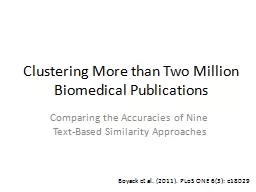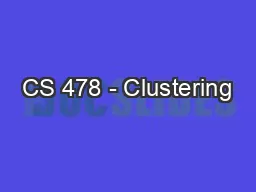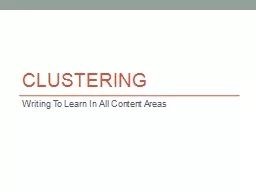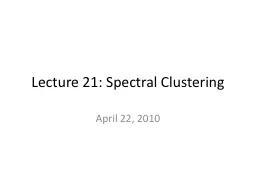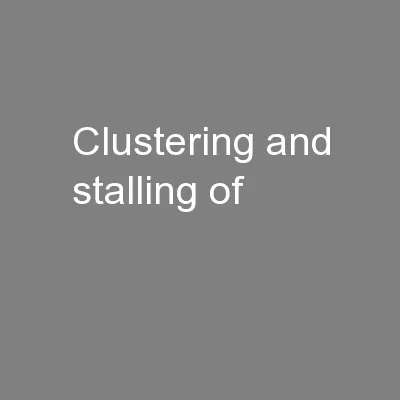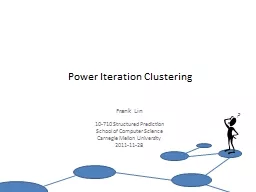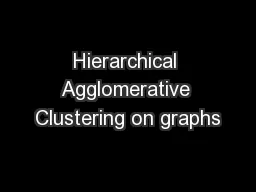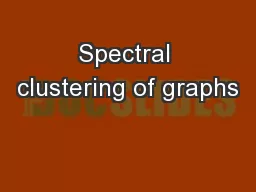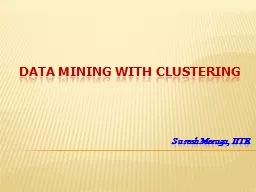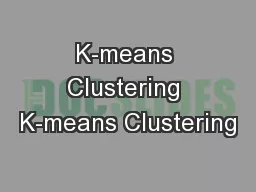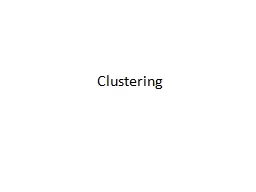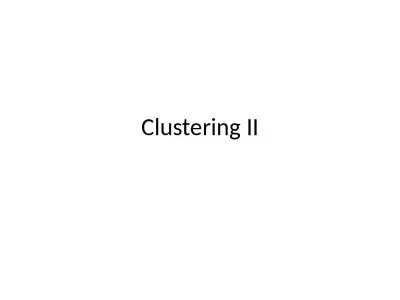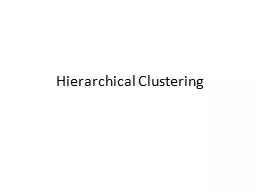PPT-Clustering More than Two Million
Author : ellena-manuel | Published Date : 2019-06-20
Biomedical Publications Comparing the Accuracies of Nine TextBased Similarity Approaches Boyack et al 2011 PLoS ONE 63 e18029 Motivation Compare different similarity
Presentation Embed Code
Download Presentation
Download Presentation The PPT/PDF document "Clustering More than Two Million" is the property of its rightful owner. Permission is granted to download and print the materials on this website for personal, non-commercial use only, and to display it on your personal computer provided you do not modify the materials and that you retain all copyright notices contained in the materials. By downloading content from our website, you accept the terms of this agreement.
Clustering More than Two Million: Transcript
Download Rules Of Document
"Clustering More than Two Million"The content belongs to its owner. You may download and print it for personal use, without modification, and keep all copyright notices. By downloading, you agree to these terms.
Related Documents

